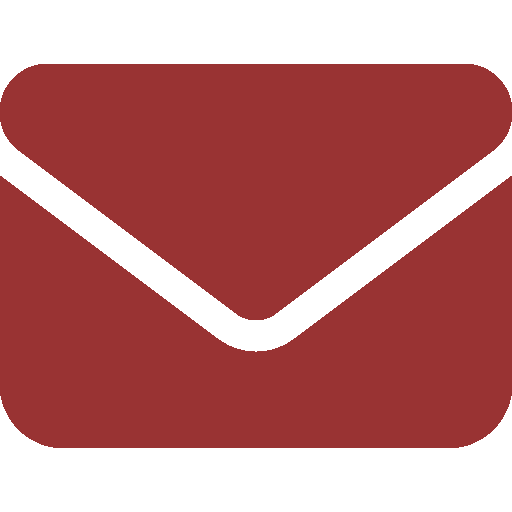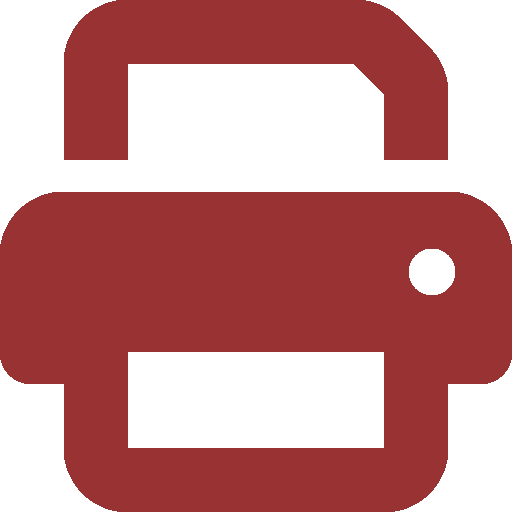From cannonballs to magic functions: Fields Medalist Maryna Viazovska presents sphere packing at the 2025 Simons Lecture Series
A dense problem unpacked with symmetry and randomness
On April 29, the Simons Lecture Series commenced with Maryna Viazovska, Professor of Mathematics and Chair of Number Theory at the École Polytechnique Fédérale de Lausanne (EPFL), who gave a three-day talk on the infamous sphere packing problem. The lectures attracted standing crowds of mathematicians from all over the Boston area, and excitement was palpable among the students, researchers, postdocs, and professors in the audience.
The annual Simons Lecture Series is financially supported by mathematician and investor Jim Simons. Since its inception in 1999, the series has specialized from featuring one to the now two speakers — one in pure math and the other in applied math. (Professor Thomas Vidick from EPFL presented on Quantum Complexity Theory from May 12 to 14.) The selection process, led by a faculty committee, begins about a year in advance.
“The goal is to have very distinguished mathematicians come and deliver lectures on a very recent, important breakthrough in any of [these] areas of mathematics,” MIT Department of Mathematics Head Michel Goemans PhD ’90 said.
The sphere packing problem was rumored to have been first conceived in the 16th century, when explorers wondered how they could stack as many cannonballs as possible on a ship. It was formalized and abstracted by mathematicians into a problem of how to pack congruent hyperspheres in n-dimensional space such that the density of the spheres’ volume in the space is maximized. While this has fairly intuitive answers in dimensions two and three by aligning the centers of the sphere with the points on the hexagonal and tetrahedral lattices in the manner of cells in a beehive or oranges in a supermarket, the optimal packing becomes obscure and nontrivial in four dimensions and beyond.
Variations of this problem and methods for a complete solution, though not necessarily developed specifically for sphere packing, have been studied for centuries. In more recent years, mathematicians have generally approached this problem by either finding concrete constructions of dense packings or by finding upper bounds by means of semi-definite optimization, as MIT Professor Henry Cohn ’95 and Harvard Professor Noam Elkies have done.
Viazovska builds on the work of Cohn and Elkies, who qualified what are known as magic functions — functions with certain constraints on their values and Fourier transforms such that they prove the optimality of existing packings. Viazovska, along with collaborators, noticed that some packings were extremely close to the known upper bound in certain dimensions, and constructed magic functions in the E8 lattice in eight-dimensional space and the Leech lattice in 24-dimensional space, for which she won the Fields Medal in 2022. Not only did she cover her own work, however, she also presented other relevant research regarding advances toward this problem, particularly with estimating lower bounds — some as recent as April 2025 (by the Weizmann Institute of Science’s Professor Boaz Klartag).
The sphere packing problem may seem geometric at first glance, but it became apparent over the course of the lectures that the solution also involves varied techniques from harmonic analysis, number theory, algebra, and more. “I would think about these borders between different areas of mathematics as a bit artificial; we create them for convenience,” Viazovska remarked. “In principle, everything has to be connected.”
While Viazovska is interested in all areas of math, geometry attracts her the most. She mentioned an old saying: “Geometry is another language for describing mathematics.”
When asked about what contributed to her great success, Viazovska responded, “Maybe the notion of greatness is not the healthiest concept. I knew the method which would be needed, and also knew about this problem in the approach of Cohn, Elkies, and Russian mathematician Dmitry Viktorovich Gorbachev, and probably there were not too many people in the intersection.” She explained, “Many were in this community of linear programming bounds — they're mostly analysts — and people who worked on modular forms, they were mostly interested in other types of problems.”
In response to gaining broader recognition for her work, Viazovska is balancing the opportunity for new projects and collaborations with more responsibilities and duties. A direction of interest she has been pursuing recently is formalization, which involves manipulating mathematical statements as purely syntactic expressions based on rules independent of their meaning. She hopes that these efforts can eventually culminate in new software that can catch mistakes and fill in details to aid researchers in writing papers.
Viazovska has also used her platform to explore other emerging interdisciplinary areas, such as the one between math and art. One such collaboration was when she worked with artists who were mathematicians by training to create digital sculptures, which were displayed in the Shapes: Patterns in Art and Science exhibition at EPFL earlier this year.
As expected, the level of mathematics that Viazovska works at is not usually covered at the undergraduate or even graduate level. However, Goemans still strongly recommends that students attend these lectures, “even if they only understand the first five minutes.” He quipped, “Lots of us also understand only the first five minutes,” adding, “It is still very interesting because you see the connections between different fields. You see problems that other people are interested in. You can then see some of the mathematical tools and techniques and disciplines that you’ve learned in various classes used to solve quite interesting problems.”
“It was very inspiring,” said Daniel Potievsky ’28, who attended the lectures. “On one hand, it was dense, but on the other, the core idea she was using was something very simple, like the ideas from algebra and lattice theory, which I could understand.”
When asked to give advice for students aspiring to pursue math, Viazovska’s initial response was, “Do it!”
“One part of the advice is to not be upset if you make a project and it does not lead to publication or a new discovery, but you just learned something,” she said.
Viazovska maintained that the mathematical way of thinking and the logical approach to problem-solving are very useful, even when applied to challenges beyond academia. “Maybe it’s also important to live a full life,” she added.




